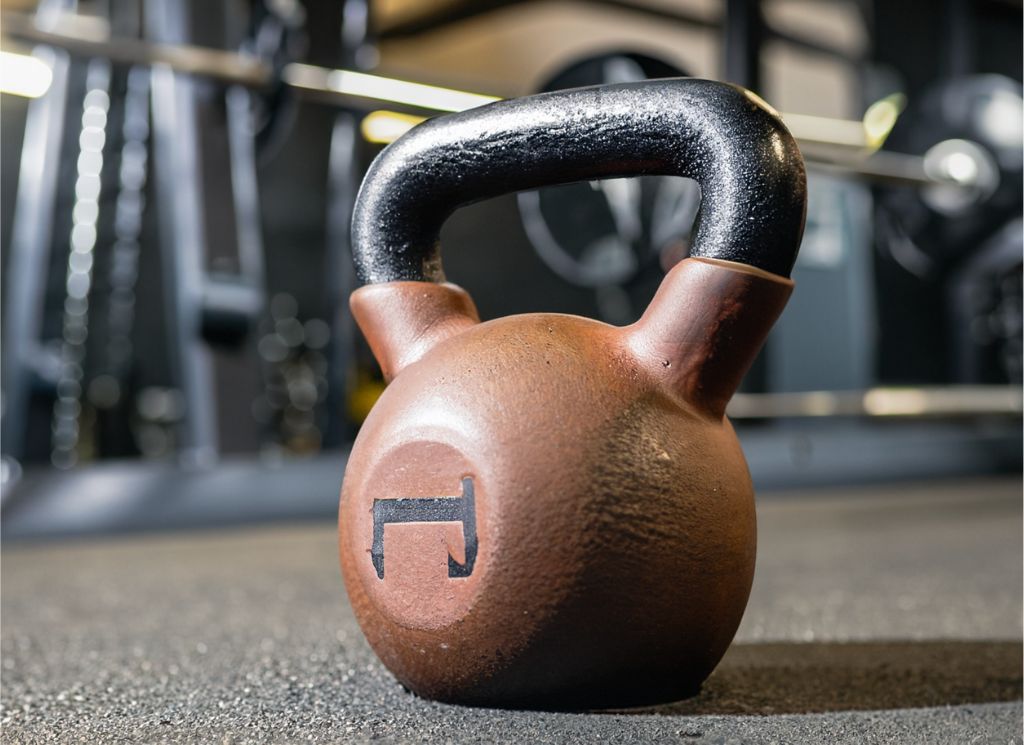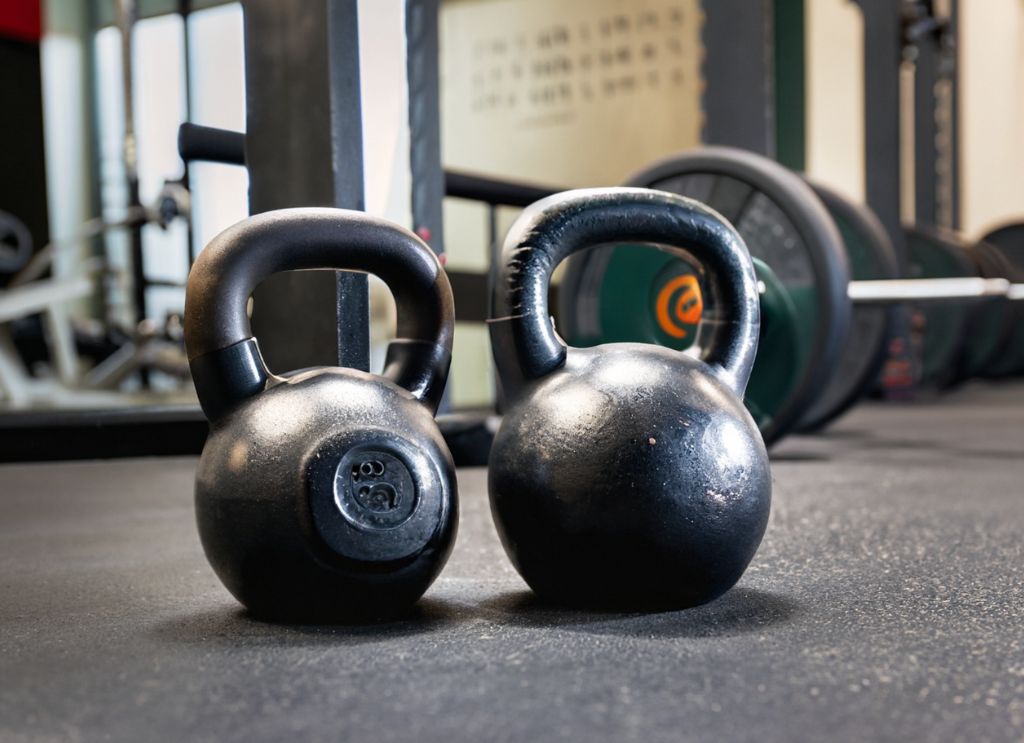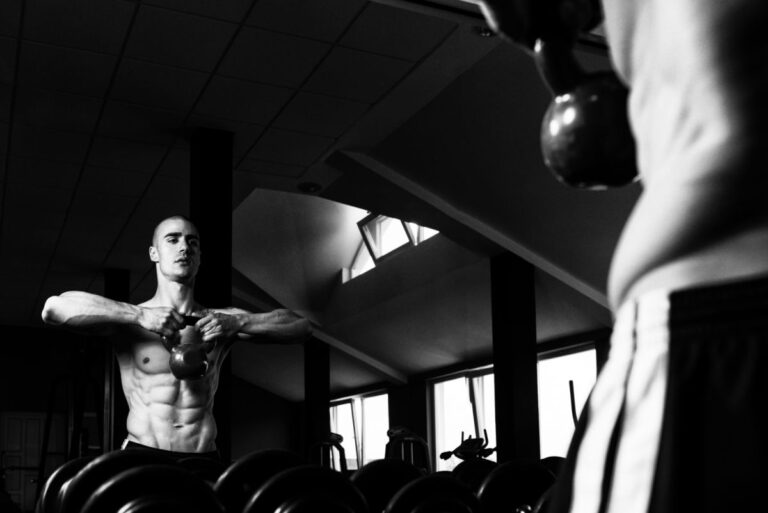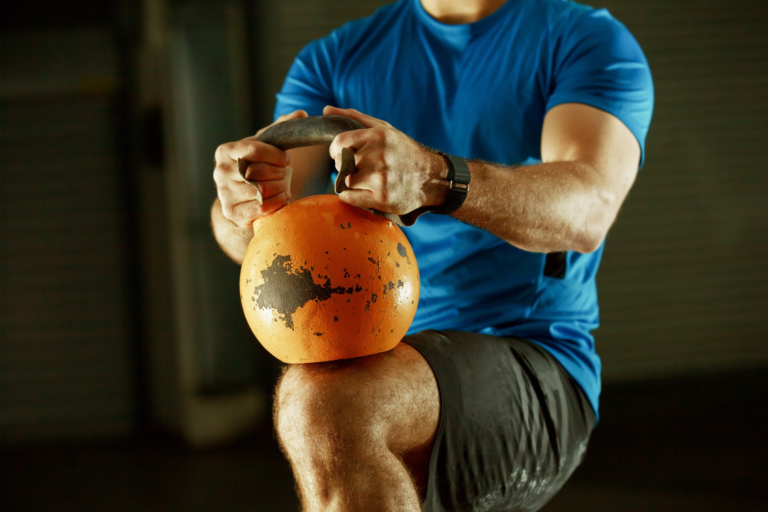The Interesting History of Kettlebells
The kettlebell has been used in physical exercise since ancient times, although its modern form only emerged in the early 20th century Russia. It is a cast-iron weight shaped like a cannonball with a handle attached to the top. Kettlebells are used for ballistic exercises that combine cardiovascular, strength and flexibility training, allowing practitioners to perform a wide range of movements and intensities. Let’s continue and learn more about the history of Kettlebells.
Born in Russia
It’s hard to say who invented the kettlebell, though variations of the concept go as far back as Ancient Greece. There’s even a 315 pound kettlebell with the inscription “Bibon heaved up me above a head by one head” on display at the Archaeological Museum of Olympia in Athens. The first mention of the term however, shows up in a Russian dictionary published in 1704 as “Girya” which translates to “kettlebell” in English.
Kettlebells were also used by farmers and herders as counterweights when measuring grain. In the late 1800s, the Russian doctor Vladislav Kraevsky, who is considered by many to be the country’s founding father of Olympic weight training, popularized the use of kettlebells for general fitness purposes by opening one of Russia’s first weight training facilities where kettlebells and barbells were introduced as a core part of a comprehensive fitness routine.
By the early 1900s, Olympic weightlifters in Russia were using kettlebells to shore up weaker areas, while soldiers used them to improve their conditioning in preparation in combat. But it wasn’t until 1981 that the government finally threw its weight behind the trend and mandated kettlebell training for all citizens as a way to boost overall health and productivity. In 1985, the Soviet Union’s first national championship kettlebell games were held in Lipetsk, Russia.
Moving Around the World
Kettlebell training became popular in Europe and North America during the 1970s and 1980s, with some experts claiming it could help people achieve superior levels of conditioning and build muscle quickly, which now has proven to be true. By performing explosive exercises such as swinging and snatching with kettlebells, users can burn an equivalent amount of calories in less time than traditional resistance exercises such as bicep curls or bench presses.
Kettlebell lifts require more skill than traditional weightlifting exercises due to their ballistic nature. Users must be able to maintain body control while dynamically moving from one exercise to another instead of simply lifting weights repetitively from station to station like with regular weights. This makes it an ideal choice for those looking for something more challenging than traditional fitness programs or just something new to try out in their exercise regime.

Increased Popularity
In recent years, kettlebells have become increasingly popular among athletes, trainers and ordinary gym goers alike due to its many benefits over traditional forms of training such as improved coordination, balance, agility and explosiveness as well as increased fat loss potential without sacrificing muscle mass or strength gains. As such, it’s no surprise that they are now commonly found in gyms across the world! There’s even an all-kettlebell gym located in Canada called the IronCore Kettlebell club.
Kettlebells vs. Barbells

What distinguishes a kettlebell workout from training with barbells is an emphasis on a wider range of movement that involves several muscle groups. Whereas barbells are generally used to directly target isolated muscle groups, such as the biceps, the kettlebell’s weight is away from the hand, allowing for more swinging movements and other full body exercises. Here are a few kettlebell exercises aimed towards health and strength improvement.
High Pull:
Similar to a squat, the kettlebell is lifted from the floor and brought up toward the shoulder level with one hand while straightening out to a standing position and returning back to the floor. Alternating between both arms, this move hits the shoulders, arms, buttocks, and hamstrings.
Lunge Press:
Holding the kettlebell in front of the chest with both hands, lunge forward and lift the weight over your head. Alternating each leg, this allows you to target the shoulders, back, arms, abs, buttocks, and legs.
Russian Swing:
Standing with knees slightly bent and feet apart, hold the kettlebell just below the groin with both hands and with both arms straight. Lowering and driving the hips back, thrust the hips forward and swing the weight forward up to shoulder level before letting the weight swing back down to the original position. This move targets the shoulders, back, hips, glutes, and legs.
Additionally, kettlebell exercises burn more calories than conventional weightlifting exercises (up to 20 calories a minute), according to a study by the American Council on Exercise (ACE). This is roughly the same amount of calories one would burn from a rigorous cardio workout, just with less the work being put in!
The Final Swing
So, if you’re looking for an effective and exciting way to mix up your fitness routine and reach your fitness goals, look no further than the kettlebell. With its wide range of applications and benefits, it can be a great addition to anyone’s workout arsenal. Get ready for better results in less time!
What’s Next?
Have a look at these other Kettlebell related posts!






